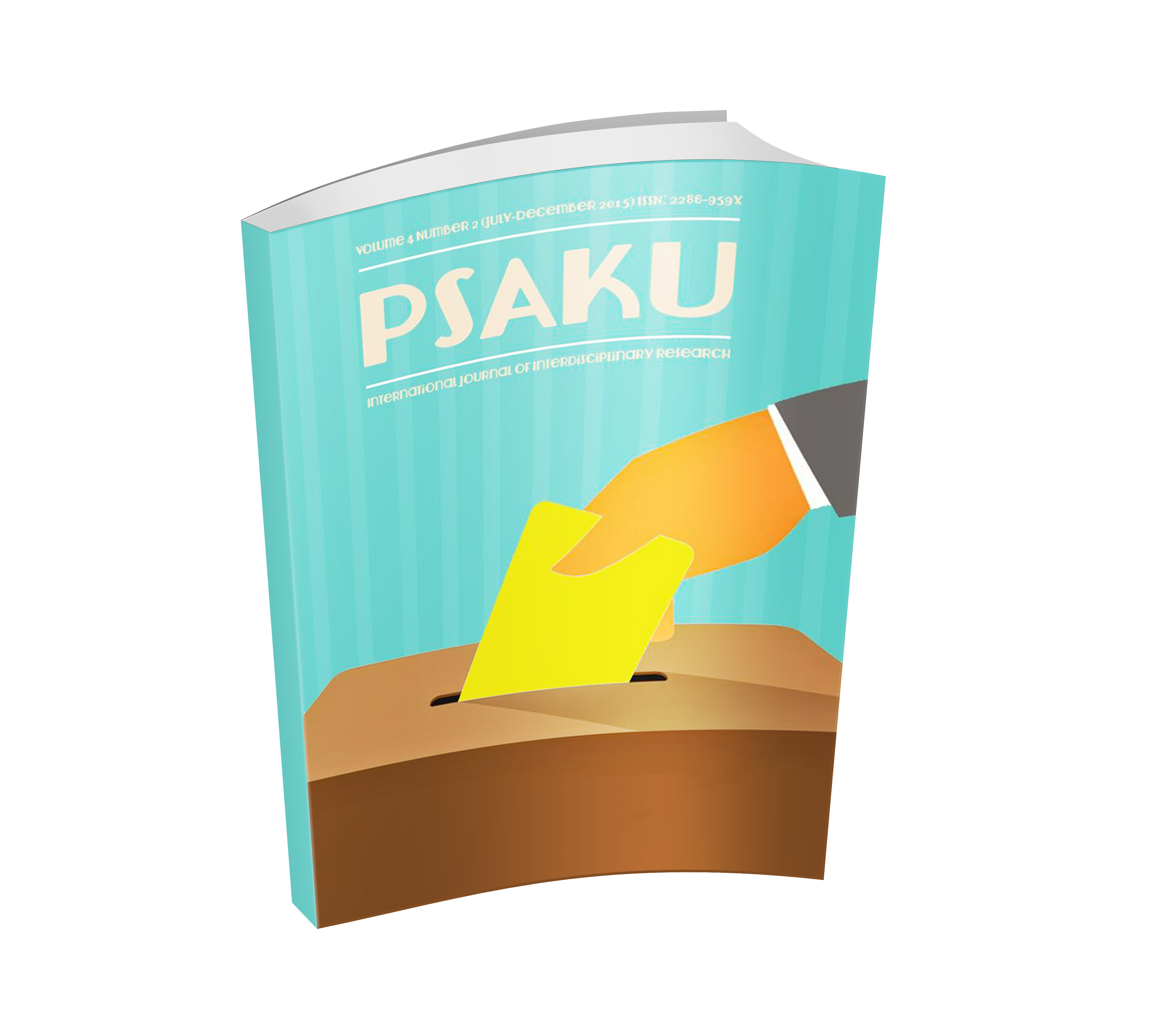Usable Prospects of the Environmental Quality Indicators Model for Air and Water Pollutions Management in Chiang Mai Comprehensive Plans Boundary, Thailand
Keywords:
Land Use Changes, Pollutions Management, Urban Expansion, Chiang Mai Municipal, Environmental Quality IndicatorsAbstract
The building of new towns and city expansion are often associated with consequences against existing environment conditions. Including Chiang Mai municipal area, land use changes are dynamic process that linked to natural and human systems, economic pushing factors, upsurge land values and declining environmental quality. This study seeks to determine Chiang Mai municipal decision makers’ comprehension, usability, and effectiveness of the determinative environmental quality indicators model through the landuse changes tendency and environmental quality indicators development for air and water pollutions monitoring in Chiang Mai comprehensive plans boundary from the year 2010 to 2030. The practices from this study were expected to enable the city’s administrators to adopt the model as additional reference in decision making and contribute to more sustainable patterns of Chiang Mai municipal environmental monitoring and improvement plans. The finding outcome for this study is the Environmental Quality Indicators Model should be classified and implemented for short-term and long-term. For instance, the water quality and air quality indicators model should be used toward seasonal predictions and land use changes should be conjointly used as CMCP zoning and infrastructures management.
Downloads












.png)


